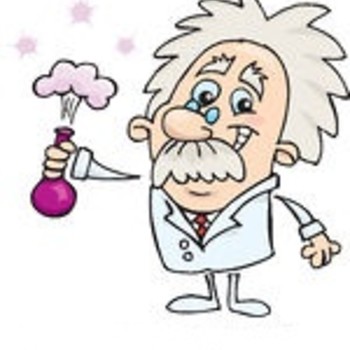Consider a weak acid #"HA"#, where #"A"^(-)# is some arbitrary anion and #"HA"(aq) + "H"_2"O"(l) rightleftharpoons "H"_3"O"^(+)(aq) + "A"^(-)(aq)#. Suppose you add some #"NaA"(s)# to #"H"_2"O"(l)#. What is the pH of the solution?
Answer Choices
1. more than 7.00
2. less than 7.00
3. exactly 7.00
Answer Choices
1. more than 7.00
2. less than 7.00
3. exactly 7.00
2 Answers
The overall pH would remain acidic but increase from pure water pH when in presence of common ion,
Explanation:
To understand this effect, one should calculate the %Ionization of a weak monoprotic acid in pure water and compare it to the %Ionization when the weak acid is in the presence of a quantity of
Assume the hypothetical problems...
(a) determine the %Ionization and pH of a 0.10M monoprotic acid (HA) in pure water.
(b) determine the %Ionization and pH of a 0.10M monoprotic acid (HA) in a solution containing 0.01M NaA.
%Ionization of HA in pure water:
=>
=>
=>
%Ionization of HA in 0.01M
=>
=>
=>
So, in pure water pH HA => 3 but in presence of common ion (
The correct answer is 1. more than 7.00.
Explanation:
When you dissolve the weak acid
We could have written the equilibrium as
The base removes a proton from the hydronium ion and forms water.
The base can remove a proton from water and form hydroxide ions.
Thus, an aqueous solution of the salt of a weak acid is basic and the pH is greater than 7.
EXAMPLE
If the weak acid has
Solution
We can use an ICE table to help with the calculation.
Apply the 5 % rule
∴
Then


